- 167 Posts
- 81 Comments

 1·7 days ago
1·7 days agoMidnight last day of December means indefinitely sustainable, without further degradation. This doesn’t mean entirely withot alteration, since even early hunter-gatherers made several megafauna species extinct.

 2·7 days ago
2·7 days agoLet’s assume Edo period Japan had its Earth overshoot day late December. By quadrupling the population as of today this alone pushes this forward to late March. But the rate of consumption in modern Japan is much higher. At a guess, by more than an order of magnitude. So it’s probably in the first week of January. And the ecosystem carrying capacity, particularly the sea, is considerably degraded relatively to the Edo period. So this would make Edo-technology semisustainable population significantly smaller.
No, you consistently fail to understand the whole mode of the argument. Rare earth magnets is a red herring which you brought up. Cost of PV is another such.
I gave up because what you said towards the conversation tail made me realize you’re missing too much on your end to be worth my time and are unwilling to investigate on your own. If you “refuted” something, be my guest. I wish it was that easy with reality.

 1·9 days ago
1·9 days agoThis could potentially partially explain the slightly depressed global sea and surface temperature averages in the first months of 2023. I don’t know when the El Niño began.

This is what I meant https://ourworldindata.org/grapher/global-primary-energy
Hydrogen from water electrolysis needs massive (look at world gas demand for scale) excess renewable electricity production and support infrastructure which isn’t there nor are there credible buildout and financing plans for it. Even if it would happen it would cause demand destruction due to its high price.
This isn’t an argument against doing it. It’s just about the status quo and mid-term future.
Uh. You’re missing way more puzzle pieces than I thought. Little point in continuing this conversation.
The problem has not yet fully manifested because renewables are a multiplier of fossil energy and fossil energy driven extraction of fossils and mineral resources, fossil driven agriculture and so on while we’re yet only slightly past the cusp of net energy per capita production and about the cusp of net energy production. You already see the problems in accounting systems like SEEDS.
If you look at the world primary energy use https://ourworldindata.org/grapher/global-primary-energy you see that there has been no energy source transition but addition. Biofuels allow you roughly Edo era Japan https://www.resilience.org/stories/2005-04-05/japans-sustainable-society-edo-period-1603-1867/ technology and population density and occupation structure, assuming a mostly pristine ecosystem.
Early EVs began in the well developed industry era, which required significant coal use. You don’t need rare earth magnets for windmills or water wheels, but it limits us to milling grain, pumping water and running blacksmith forges. Without cheap and abundant natural gas no cheap and abundant nitrate fertilizer. Without diesel and agricultural machines we’re back to subsistence farming, but with the handicap of 8+ billions people already around, in a degraded ecosystem. Without bunker fuels no modern supply chains. Without diesel electric hybrid trucks and monster excavators no large scale mineral extraction and processing of progressively poor ores.
Photovoltaics is just great, but it has to power agriculture, mining, industry and everything, besides just itself (do look into why it cannot power even the supply chain of its own production, it is not just about ERoEI). Adding wind, a lesser scalable resource does not change anything. Molecular nanotechnology systems could probably do it, but need sustained high technology regime to be developed. We have basically abandoned tried building them in the time space of the last half century.
I did not claim that aluminium electrolysis cell was powered by an oil generator, if you want to single out one random, small part of the supply chain, which completely runs against the idea of looking at the entirety of processes and material sources for renewables, which of them depend on fossil energy, fossil organic and mineral sources, and which of them can be easily substituted, by, say, electrification or using a different material. It was just an algorithm for you to run at your end to produce a dataset to verify the claim, that current renewables are not autopoietic but fossil energy extenders, and subject to extraction limits at scales required. The bootstrap problem exists for hypothetical future renewable technology with ISRU self-rep. A weaker bootstrap issue is if you no longer have enough nonrenewable surplus for the transition, which is a real problem, but not the point I was making.
I don’t blame you. You need to have a holistic view of dozens of industrial processes, mineral extraction and enrichment, energy use, reserves, and so on in your head. Or be ready to collect the information, which takes a lot of time and effort.
There are reasons I only mention photovoltaics and wind. I could run through just the aluminium supply chain (without using hydro, because it’s saturated and hides the issue of output variability) to make a point, but I really encourage you to do it on your own. So that you can do it for everything else.

Please don’t say energy when you mean just electricity. Primary energy demand is what we need to focus on.
This isn’t the valid argument you think it is. I don’t have any issues with you not understanding the predicament. After all almost nobody but a few weird people do, and we can’t do a damn thing about it, since it being, well, a predicament and not just a problem.
It is an opinionated blog. But the core idea is reasonably easy to check, using a self replicating ISRU photovoltaics factory which uses its energetic output for everything as a model. Running an aluminium electrolysis cell is already difficult without buffering. It will already require mining and also transport, since offsite. Do make a list of raw materials and the entire supply chain for manufacturing. Write down the list of materials for those. At some point you might notice where the problems are.
Notice that green plants have no issues with ISRU self-rep, but we are quite far removed from that capability and we likely won’t get there because we’re already running out of fossil fuels and hence resource extractability.
Not even an Altair 8800, at least in my country.
Try using external tools. Tracking can be done with a physical Kanban board.

 16·13 days ago
16·13 days agoWritten by an idiot.
Nobody had personal computers when I was ten.

 3·14 days ago
3·14 days agoIndeed, this is mostly about LEO area denial by recursive fragmentation of space junk. The broader question is how long we will retain significant launch capacity to maintain at least borderline geosensing and telecommunications infrastructure in space when net energy begins to fall steeply. Perhaps we shouldn’t take availability of things like Starlink for granted.

 3·14 days ago
3·14 days agoHow do you verify novel content generated by AI? How do you verify content harvested from the Internet to “be correct”?

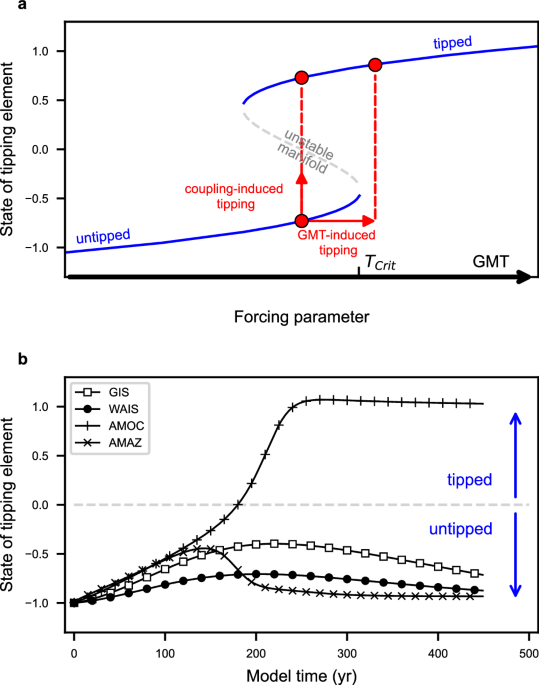

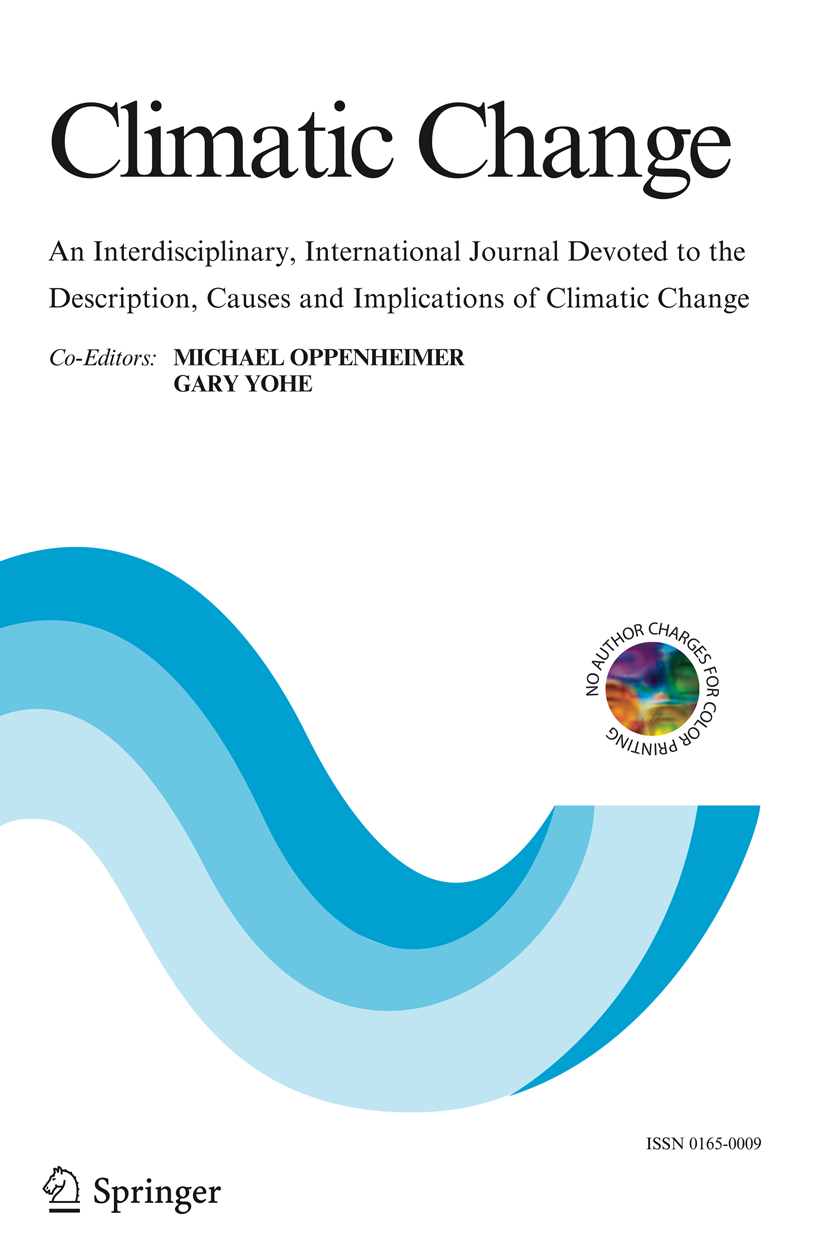
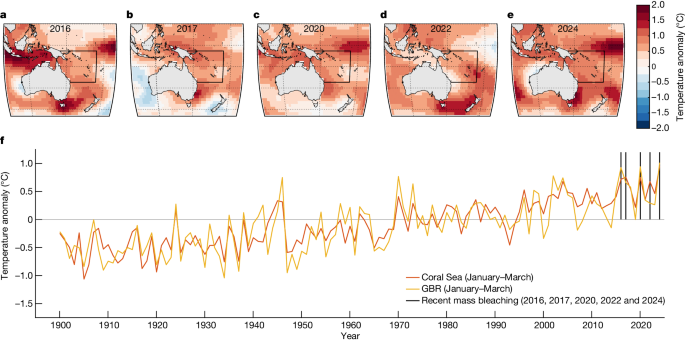
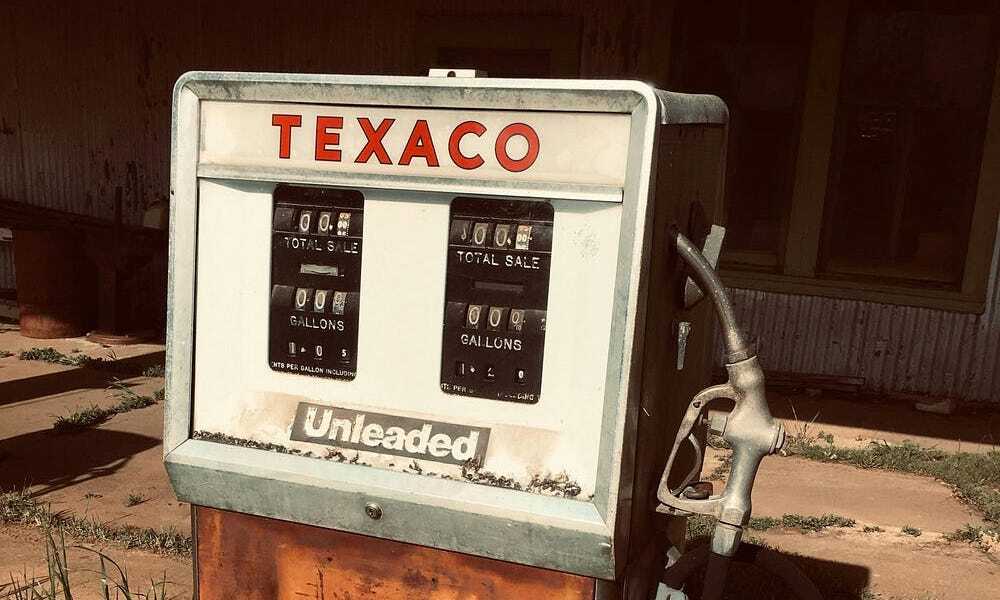
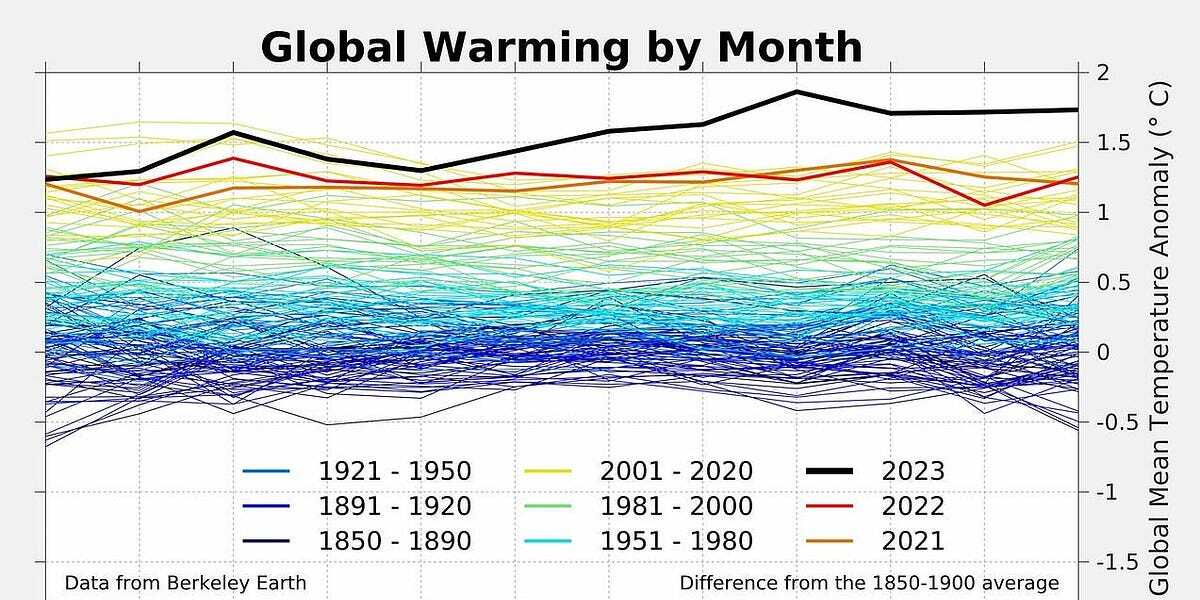
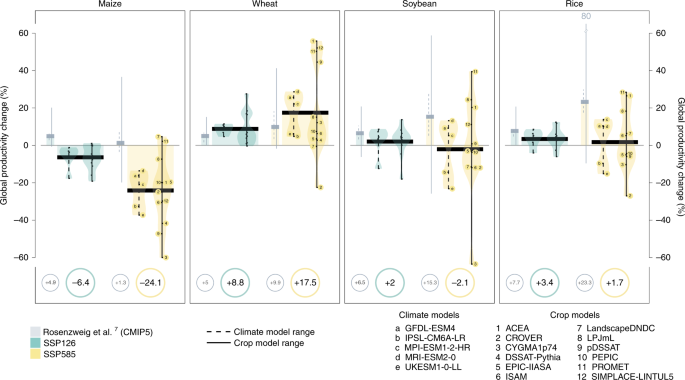
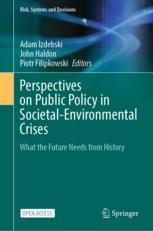
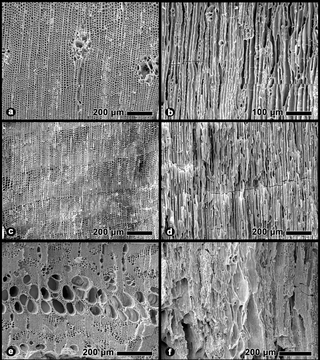


Related https://www.nature.com/articles/s41598-024-65140-y